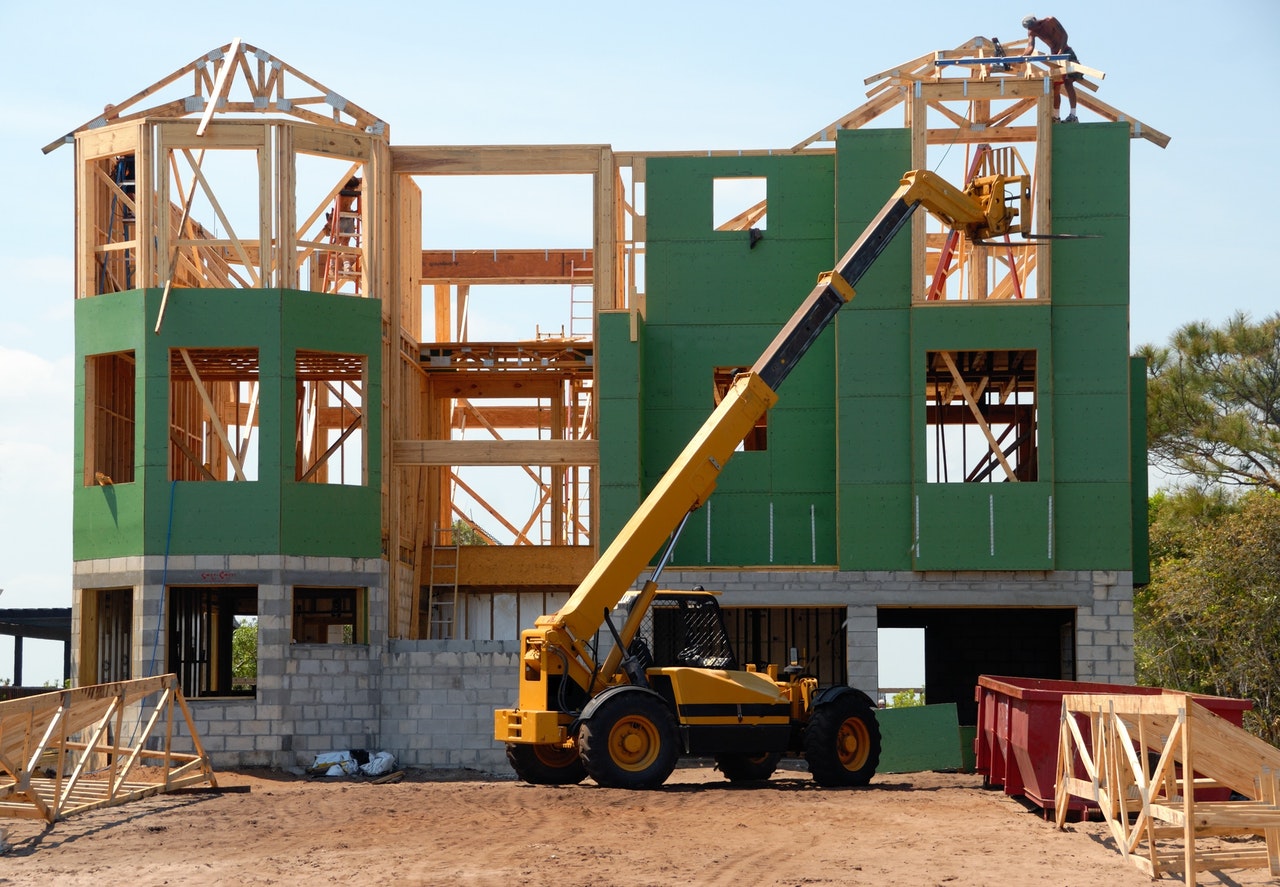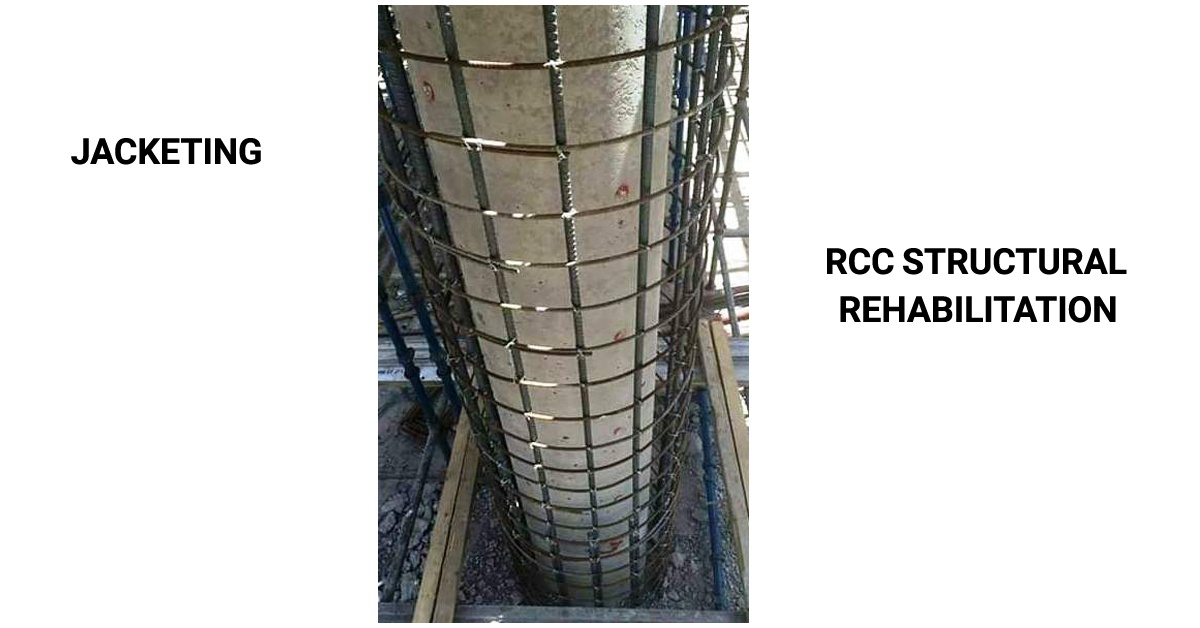Every person needs a building to reside in. Apart from residential purposes, buildings are required for industrial purposes, educational and business purposes, and the storage of materials.
Understanding the basics of building construction helps in building a building project successfully.
In this article, the steps involved in building construction are explained in detail.
Basic Steps in Starting a Building Construction Project
The building construction process basically involves two major stages:
- Pre-Construction Phase
- Construction Phase
Pre-Construction Phase:
The pre-construction phase in a building construction project consists of the following stages:
- Acquire Land
- Choose a Technical Consultant and a Design Professional
- Prepare the Building Plan
- Prepare Estimate
- Interview Contractors
- Get your Permits.
Construction Phase:
The construction phase in a building construction project consists of the following stages:
- Site clearance
- Site Surveying and Layout
- Excavation
- Foundation
- Plinth
- Walls & Column
- Sills, lintel & chhajja
- Doors and windows
- Floors
- Roofs
- Steps, stairs & lifts
- Finishing work
- Building services.
Pre-Construction Phase of a Building Construction Project
Following are the steps involved in pre-construction phase of a building construction are are as follows:
1. Acquire Land:
This is the most important step in building construction. The most important factor to consider before purchasing land is its location. Based on your exact needs, you want to assess the location of the lot and its proximity to facilities such as public transport, highways, schools, parks, etc. If you already have land, half of your problem ends here.
2. Choose a Technical Consultant and a Design Professional:
The technical consultant will help you create a plan and detailed scope of work for your building project, which is generally done by an Architect and Structural engineer.
3. Prepare Estimate:
The building estimator estimates the amount of material, and the number of different items of work and produces a sheet containing the total cost of the building project.
4. Interview Contractors:
The selection of a good contractor is crucial to the successful construction of the building project within the time frame and for maintaining the quality of construction at the same time.
5. Get Your Permits:
This is an important task once the project is ready for execution. For that, you have to get permission from the local municipal body before starting construction.
Also Read: Difference between Shuttering, Formwork, Scaffolding & Centering
Construction Phase in a Building Project
Following are the steps involved in the construction phase in a building project and are as follows:
1. Site Clearance:
Site preparation is the first activity of the construction phase of the building project. This task involves removing unwanted obstructions from the site such as woods, debris, tree roots, and old buildings if present, and leveling the ground area.
2. Site Surveying and Layout:
After the completion of site clearance activities, the next phase is the site survey and layout. Site layout survey is the process of interpreting construction plans and marking the location of proposed structures with the help of surveying equipment such as level, theodolite, total station, etc.
3. Excavation:
After establishing the structure layout, the excavation process starts using suitable machines based on the type of soil and the size of the excavation work.
4. Foundation:
Building activity begins with digging the ground for the foundation and then building it. The foundation is the lowest part of the building responsible for transferring the load from the structure to the ground. Therefore, it requires great care and precision during construction.
5. Plinth:
The part of the wall between the ground floor and the ground level is called a plinth. It is usually of stone masonry. If the foundation is on the pile, a plinth beam is inserted to support the wall above the floor. A damp-proof course is provided at the top of the plinth. It is usually a 75 mm thick plain concrete course.
6. Walls & Column:
The function of walls and columns is to transfer the load of the structure vertically downward so that it can be transferred to the foundation.
In addition, the wall encloses the building and provides privacy, and protection from thieves and insects, and keeps the building warm in winter and cool in summer.
7. Sills:
Window frames should not be placed directly above the masonry. It is placed in a 50 mm to 75 mm thick plain concrete course provided above the masonry. This course is called Sill.
8. Lintels:

Lintels are reinforced cement concrete or stone beams provided over the door and window openings to support the masonry work over it.
9. Chhajja:
Chhajja is an overhanging projection given outside the wall to protect doors and windows from rain.
10. Doors and windows:
The job of the door is to give access to different rooms in a building and also to deny access whenever necessary. The building has windows to receive light and ventilation.
11. Floors:
The floor is an important component of a building. It gives working/useful areas for the occupants.
12. Roof:
The roof is the topmost part of the building which provides the top cover to the building. It should be leakproof.
13. Stairs & lifts:
The stairs provide access from floor to floor. Elevators or Lifts are to be provided in all public buildings for the convenience of old and disabled persons.
14. Finishing Works:
Finishing operations such as ceiling plastering, and external and internal plastering of walls begin after the construction of the structure. They are then provided with whitewash, distemper or paint, or tiles.
15. Building services:
Water supply, sanitation, drainage work, power supply work, and the construction of cupboards and showcases form the major building services.
You May Also Like to Read:
Last Words
I hope you got complete information about the Basic Steps in Starting a Building Construction Project in this article.
If you found this article helpful, share it with your friends.
Leave a comment if I missed anything.
Happy Learning!!






















